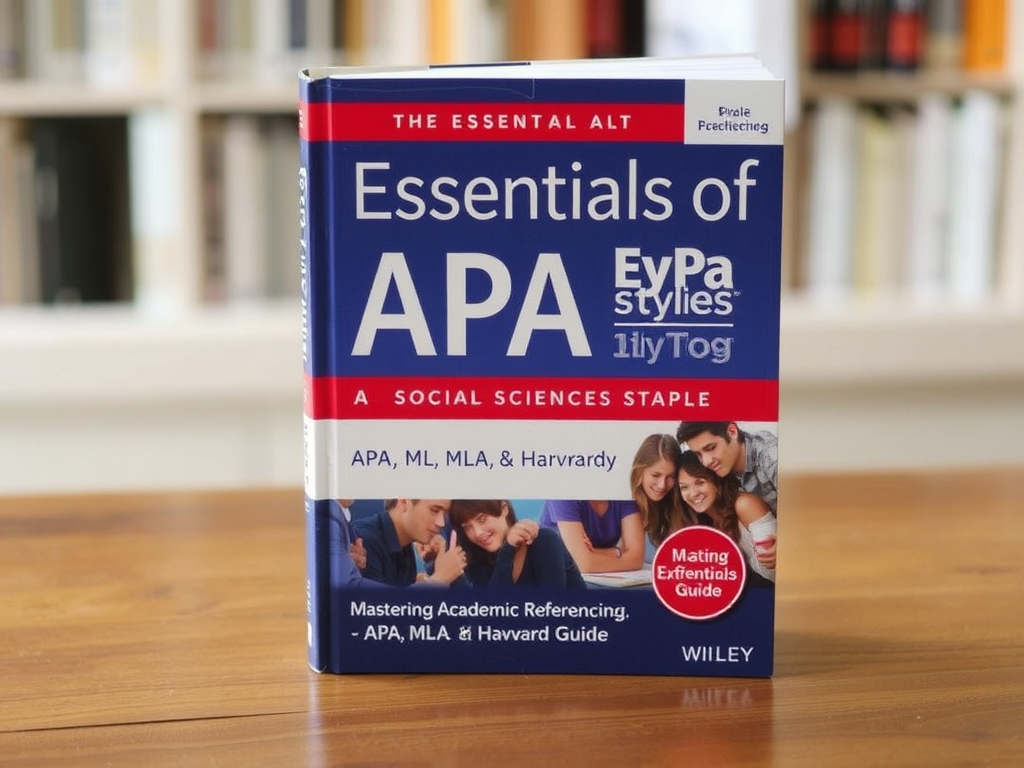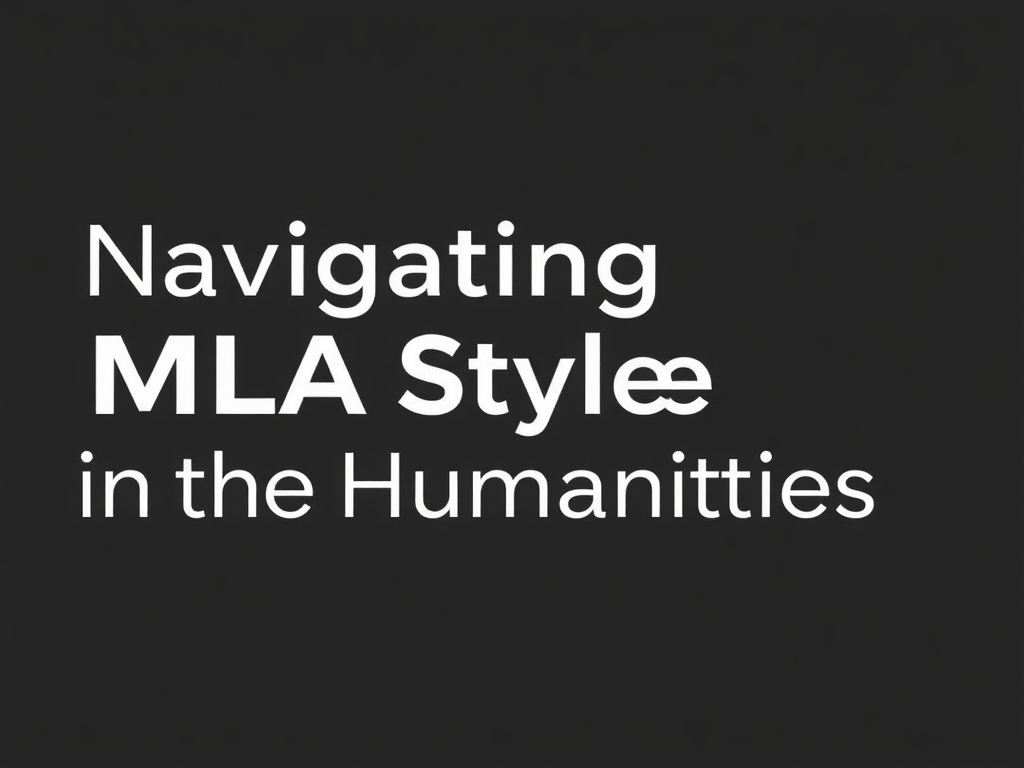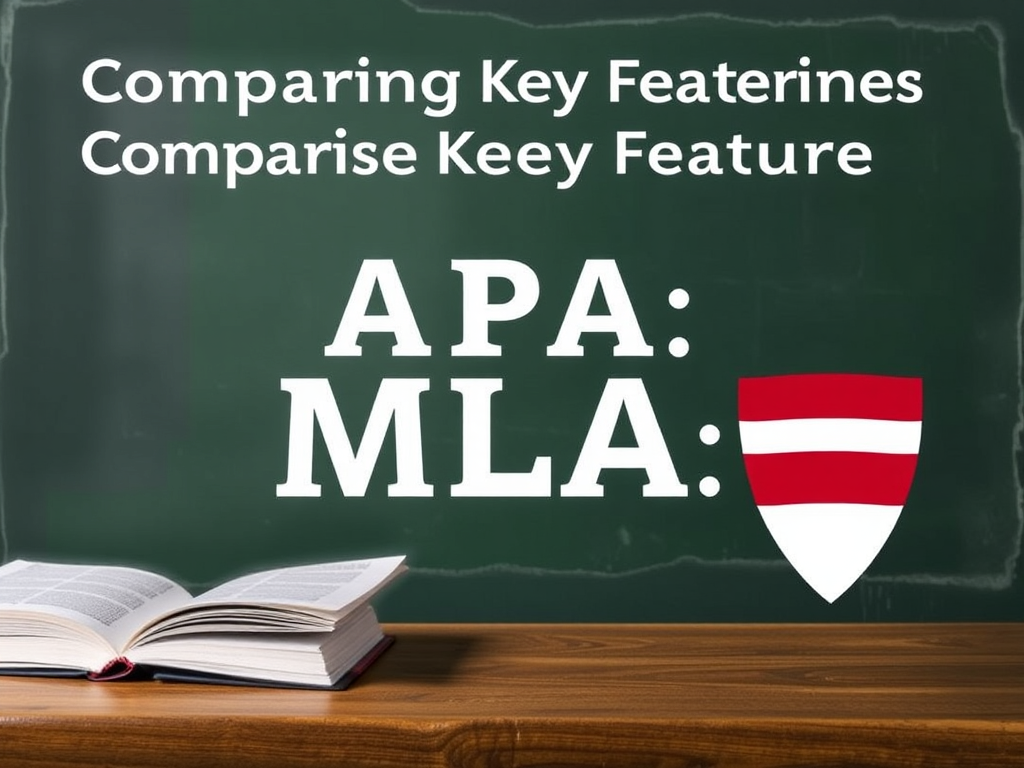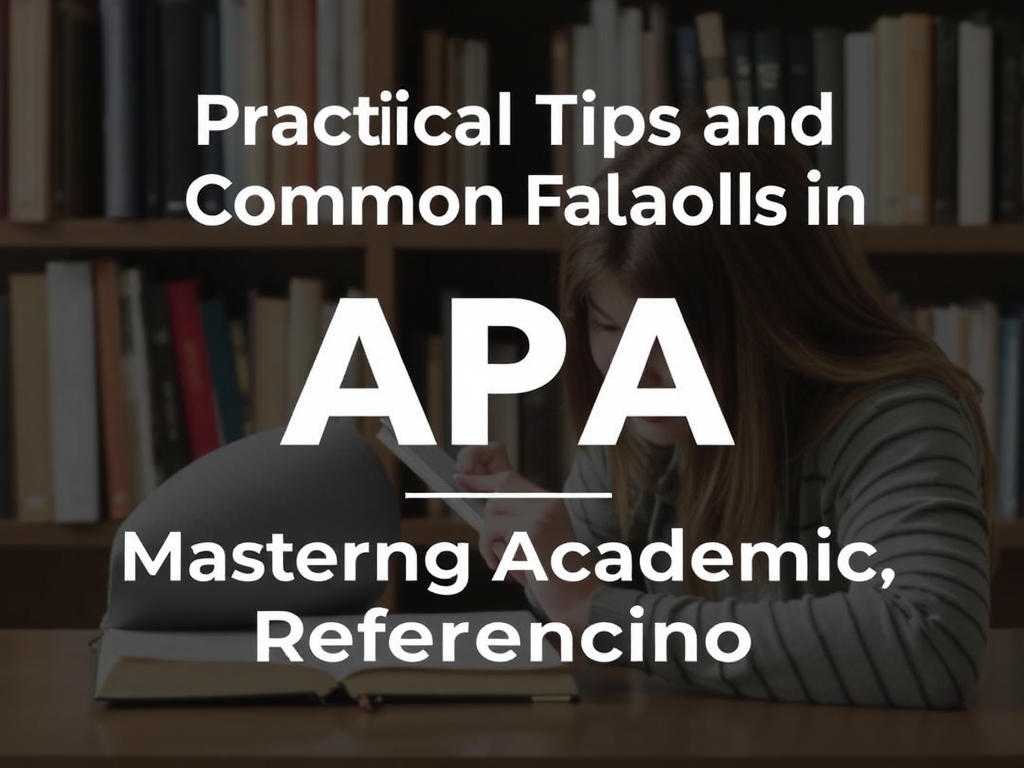Mastering academic referencing solidifies credibility and skillfully avoids plagiarism. APA, MLA, and Harvard styles stand as the primary frameworks for presenting references with accuracy. Each style has distinct rules suited to various academic disciplines, highlighting diversity in citation practices. This reinforces the importance of choosing the correct style for clear scholarly communication.
Key Takeaways
- APA style is widely used in social sciences. It emphasizes an author-date citation system, maintaining clarity and accessibility.
- MLA style caters to the humanities. It focuses on author credibility and integrates concise author-page number in-text citations.
- Harvard referencing offers adaptability, suitable for various fields and utilizing a straightforward author-date system.
- Following the specific formatting rules of each citation style ensures consistency, professionalism, and helps avoid plagiarism.
- Staying informed about citation standards in APA, MLA, and Harvard is vital for maintaining accuracy in academic writing.
Understanding the Basics of Citation Styles
In academic writing, proper referencing shines as a key element in avoiding plagiarism and boosting your credibility. Imagine citation styles as the unique languages through which scholars communicate. APA, MLA, and Harvard stand out as the three most prominent styles. Each has its own rules for formatting and presenting references.
- APA (American Psychological Association): Frequently used in the social sciences. It emphasizes authors’ names and dates.
- MLA (Modern Language Association): Preferred in humanities. It prioritizes author names and page numbers for citations.
- Harvard: Common in various fields. It uses a simple author-date format.
Grasping these distinctions helps you maintain accuracy and build trust with your audience. It shows respect for the original authors and supports your arguments effectively.

The Essentials of APA Style: A Social Sciences Staple
APA style is widely applied in social sciences, psychology, and education to present research in a structured manner. Its author-date in-text citation method provides clarity and allows readers to locate sources efficiently. For instance, (Smith & Johnson, 2023) is a standard format that readers can expect. The “References” list at the document’s end gathers all cited works, serving as a roadmap to further reading.
In formatting, APA expects author names to feature surnames followed by initials, such as “Smith, J.P.” Capitalizing the first letter of a title and subtitle is required, alongside proper nouns. With online sources, include DOIs or URLs to grant easy access. Such practices cater to transparency and credibility.
The APA 7th edition introduced some changes that are pivotal. You no longer need “Retrieved from” before URLs, and guidelines accommodate up to 20 authors in a reference list. Embrace this update to ensure your work aligns with current standards.
APA style thrives in settings where concise communication is vital. Use the following tips to employ it effectively:
- Ensure direct quotations include page numbers.
- Use the ampersand (&) in parenthetical citations and “and” in narrative citations.
- Double-space your “References” list and apply a hanging indent.
Let APA’s trustworthy format bolster the impact of your research in social sciences. It’s like setting a well-laid path for others to follow.

MLA Style in the Humanities
MLA, especially in its 9th edition, focuses on the humanities with an emphasis on literature and cultural studies. It emphasizes author credibility and provides a nuanced citation style that’s straightforward yet flexible. The in-text citation format pairs the author’s last name with the page number, like (Smith 25). This concise format connects readers directly to the source without interrupting the reading flow.
A “Works Cited” list accompanies these in-text citations. For author names, MLA uses full names, and titles have specific capitalization rules: capitalize the first and last words and all principal words.
The 9th edition of MLA incorporates updates ensuring clarity and modern relevance. This version is pivotal as it adapts references for emerging digital formats, reflecting the changing nature of scholarly communication in the humanities.

Exploring the Flexibility of Harvard Referencing
Harvard referencing’s adaptability makes it popular across fields like economics and sciences. It’s based on the author-date system, making in-text citations straightforward. Just include the author’s surname and the publication year, like (Robbins 1987). However, you’ll find variations in its use around the globe.
Different institutions and departments may have their unique adaptations for reference lists. This flexibility in Harvard referencing can sometimes be confusing as there isn’t a universal format. A few key points to help are:
- Use the author-date approach for in-text citations.
- Pay attention to institutional guidelines for reference lists.
- Recognize that different academic disciplines may have specific requirements for science citations.
Harvard’s global use testifies to its versatility, but always consult your institution’s style guide to ensure accuracy.

Comparing Key Features: APA, MLA, and Harvard
Mastering citation styles is crucial for academic writing. I’ll highlight primary uses, in-text formats, reference lists, and author name conventions, comparing APA, MLA, and Harvard styles.
APA Style:
- Primary Use: Commonly used in social sciences.
- In-text Formats: Author-date system (e.g., Smith, 2020).
- Reference Lists: Includes author(s), publication year, title, and source.
- Author Name Conventions: Surname followed by initials.
MLA Style:
- Primary Use: Favorable for humanities, especially literature.
- In-text Formats: Author-page number system (e.g., Smith 23).
- Reference Lists: Known as Works Cited, often includes author(s), title, publisher, and date.
- Author Name Conventions: Last name, followed by the first name.
Harvard Style:
- Primary Use: Widely adopted in various disciplines.
- In-text Formats: Similar to APA, uses author-date (e.g., Smith, 2020).
- Reference Lists: Contains author(s), year of publication, title, and publication details.
- Author Name Conventions: Last name, initials similar to APA.
Adhering to style-specific formatting rules is vital. It maintains consistency and professionalism in academic writing. Recognizing unique features such as citation styles and referencing formats is essential. Following these ensures credibility and helps avoid plagiarism.

Practical Tips and Common Pitfalls in Referencing
Utilizing a citation generator can significantly ease the process of reference management. These tools streamline formatting, helping you avoid the slip-up of mixing citation styles. But be cautious. Common errors include incorrect formatting and leaving out key citation details. To counter these, always double-check your outputs:
- Ensure in-text citations align with your reference list.
- Avoid omitting page numbers or publication years.
Staying updated with the latest citation standards is crucial for plagiarism prevention. Styles like APA, MLA, and Harvard often have nuanced updates. Familiarize yourself with these changes to maintain accuracy. An effective strategy involves setting reminders to check for any updates in citation guidelines. By incorporating these practices, you ensure precision in your referencing tasks.

Sources:
https://www.cwauthors.com/article/Choosing-the-Right-Citation-Style, https://www.rlf.org.uk/resources/mla-apa-harvard-or-mhra/, https://www.scribbr.com/citing-sources/citation-styles/, https://pitt.libguides.com/citationhelp, https://www.assignmentace.co.uk/blog/differences-between-harvard-apa-or-mla-referencing-styles/, https://libguides.marquette.edu/c.php?g=36647&p=5430407, https://students.flinders.edu.au/content/dam/student/slss/referencing/apa-referencing-7.pdf, https://libguides.reading.ac.uk/citing-references/referencingstyles